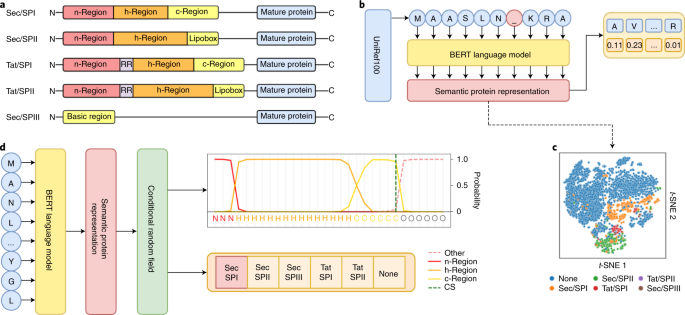
SpaceX was aiming for an ambitious launch cadence on Saturday evening with potentially three launches on tap in fewer than five hours. The first two Falcon 9 rockets are departed from Florida’s Space Coast with the last mission hoped to take off from Vandenberg Space Force Base in California. However, poor weather scuttled the third launch in the end.
First up to the plate was the Eutelsat 36D mission, which lifted off from Launch Complex 39A at NASA’s Kennedy Space Center at 5:52 p.m. EDT (2152 UTC).
The Falcon 9 first stage booster supporting this mission, tail number B1076 in the SpaceX fleet, made its 12 launch. It previously supported missions like the 26th Commercial Resupply Services (CRS-26) Dragon flight to the International Space Station, Intelsat IS-40e and Ovzon-3.
About 8.5 minutes after liftoff, B1076 landed on the SpaceX droneship ‘Just Read the Instructions’ in the Atlantic Ocean. This was the 76th landing on JRTI and the 289th booster landing to date.

The payload for this mission is the Eutelsat 36D satellite, which measures 4m x 5m x 4m or the size of a small truck, according to the satellite’s manufacturer, Airbus. The geostationary telecommunications satellite arrived in Florida on Monday, March 11, onboard Airbus’ new BelugaXL plane, which is based on the A330-200 platform.
The satellite is the 22nd geostationary satellite Airbus built for Eutelsat. It features 70 physical Ku-band transponders and is based on Airbus’ Eurostar Neo satellite bus. Eutelsat said it will succeed the Eutelsat 36B satellite at the 36° East position.
In addition to “delivering over 1,100 TV channels to millions of homes” in the areas of Africa and Eurasia, the satellite “has also been selected by Airbus Defense and Space to carry its latest Ultra High Frequency (UHF) payload to support communications over the EMEA region,” Eutelsat said in a statement.

Following the launch attempt of the Eutelsat 36D mission, SpaceX also hoped to launch two Starlink satellite missions. The first, Starlink 6-45, lifted off at 9:30 p.m. EDT (0130 UTC) from Space Launch Complex 40 (SLC-40) at Cape Canaveral Space Force Station.
The third Falcon 9 flight of the night was supposed to launch from Space Launch Complex 4 East (SLC-4E) at 7:30 p.m. PDT (10:30 p.m. EDT (0230 UTC). That mission was originally scheduled to launch Thursday night, but was delayed to Friday and then to Saturday. A major storm system was hitting Southern California and is not expected to clear the area until Sunday, which ultimately led to it scrubbing on Saturday as well.
SpaceX has not announced a new launch date for the Starlink 7-18 mission yet.

Note: This article have been indexed to our site. We do not claim legitimacy, ownership or copyright of any of the content above. To see the article at original source Click Here













